The shape of your snorkel mask's lens makes a real difference underwater. Each type affects your view differently - from how clearly you see fish to how well you can judge distances. This matters for both new snorkelers and experienced ones. Both lens designs work well, but they offer different benefits in visibility, clarity, and depth perception. Here's what you should know about flat and curved lenses to make the best choice.

Full Face Snorkel Mask Lenses: The Basics of What You'll See
The shape and design of your snorkel mask lens directly affect your view of the underwater world. Good optical quality makes the difference between a clear, comfortable experience and a frustrating one.
What Are Flat and Curved Lenses?
Flat lenses form a straight surface across your mask, much like a window pane. They sit at an angle to match the shape of your face while maintaining their flat structure. Curved lenses, on the other hand, wrap around your face in a dome-like shape, similar to ski goggles.
How Water Changes What We See
Light behaves differently underwater than it does in air. When you're snorkeling, water bends light rays before they reach your eyes. This bending effect makes objects appear about 33% larger and 25% closer than they really are. Your mask creates an air space in front of your eyes, which helps you focus underwater, but the lens shape influences how this works.
Lens Shape and Your Underwater View
The shape of your mask's lens changes what you see in several ways:
Field of View
Flat lenses give you a clear, undistorted view straight ahead, but limit what you can see to the sides. Curved lenses let you see more to your left and right, creating a wider view of your surroundings.
Image Clarity
Flat lenses maintain true shapes and distances of objects directly in front of you. Curved lenses can create slight distortions, especially at the edges of your vision, but this effect becomes less noticeable as you get used to the mask.
Color and Contrast
Both lens types handle color and contrast similarly - what matters more is the quality of the lens material and any special coatings. High-quality lenses in either shape will give you clear, vibrant views of marine life.
This balance between field of view and image clarity often determines which lens type works best for different snorkeling activities.

Flat Lens Masks: Your Clear Window Underwater
Flat lens masks remain popular among serious snorkelers for their optical accuracy. These masks excel in specific conditions and activities where precise vision matters most.
Key Benefits of Flat Lenses
Clear, True-to-Life Views
Flat lenses show underwater objects exactly as they are, without warping their shape or size. This natural view helps you spot small details on coral reefs or marine life with perfect clarity.
Accurate Distance Judgment
The flat surface helps your brain process distances more accurately. You'll know exactly how far away that coral head is, making it easier to navigate safely around reef structures.
Sharp Front Vision
Objects directly ahead appear crystal clear through flat lenses. This proves especially valuable when reading gauges, checking equipment, or taking underwater photos.
Common Drawbacks
Narrower Field of Vision
Flat lenses restrict your side vision. You'll need to turn your head more often to see objects or movement to your left and right.
Fog Formation
The flat surface can collect more condensation than curved lenses. While anti-fog treatments help, you might need to clear your mask more frequently during long snorkel sessions.
Best Uses for Flat Lens Masks
Flat lens masks work particularly well for:
- Underwater photography, where image distortion could affect your shots
- Reef exploration, when you need to judge distances accurately
- Technical activities like checking dive equipment
- Snorkeling in calm, clear waters where peripheral vision matters less
These masks also suit snorkelers who prefer accuracy over a wider view, especially those who feel disoriented by curved lenses.

Curved Lens Masks: Your Wide-Angle View Underwater
Curved lens masks shine in situations where a broader view of the underwater world takes priority. These masks offer several distinct features that appeal to many snorkelers.
Advantages You'll Notice
Panoramic Underwater Views
Curved lenses wrap around your face to create a wide-angle view. You'll see more of the reef, marine life, and your swimming companions without turning your head.
Natural Swimming Experience
The broader view helps you feel more connected to your surroundings. Many snorkelers find this similar to their natural vision above water, making movement feel more intuitive.
Better Side Vision
Spot fish and other marine life to your sides easily. This increased awareness helps you track moving objects and stay oriented in busy waters.
Potential Trade-offs
Edge Distortion
Objects at the edges of curved lenses may appear slightly bent or warped. While your brain adapts to this effect over time, it takes some getting used to.
Motion Sickness Risk
The curved surface can cause dizziness and disorientation underwater for many users. Due to this significant drawback, curved lens masks have become increasingly rare in the market.
Distance Challenges
The curved surface can make objects appear closer or farther than they actually are. This affects how accurately you can judge the distance to coral formations or other underwater features.
Perfect Scenarios for Curved Lenses
Curved lens masks excel in:
- Open water snorkeling where wide views matter more than precise detail
- Group activities when you need to keep track of your companions
- Watching large marine life like whales or manta rays
- Casual reef exploration where you want to take in the whole scene
These masks particularly suit beginners and those who prioritize a natural feeling of spaciousness while snorkeling.

How to Pick Between Flat and Curved Lenses for Full Face Snorkel Mask
Your activities and comfort level will guide your choice between flat and curved mask lenses.
1. Consider Your Snorkeling Goals
Flat lenses show objects clearly without distortion. They work well for taking photos and seeing small details. You'll also find it easier to judge how far away things are.
Curved lenses let you see more of what's around you. They work well for watching fish swim by and keeping track of other snorkelers. Many people find this wider view more natural for casual swimming.
2. Think About Where You'll Snorkel
Flat lenses work best in clear water. Curved lenses help you stay oriented in cloudy water or busy areas. Both types work fine in good conditions.
Flat lenses give clearer views in dim light, like early morning or evening. During bright daylight, both types work equally well.
3. Test for Personal Comfort
Try the mask in shallow water before buying it. Some people prefer the direct view of flat lenses, while others like the wider view of curved lenses.
Make sure the mask fits well and doesn't leak. A comfortable mask will feel good right away, without pressing too hard on your face.
Choose a mask that fits both your activities and your comfort level. Even the best features won't matter if the mask doesn't feel right when you wear it.

Safety and Quality: What Makes a Good Mask
A reliable snorkel mask needs quality materials and proper safety features. Here's what to check before buying.
Materials and Durability
The lens should be tempered glass - it's stronger and safer than plastic. The skirt needs soft, high-grade silicone that fits well against your face. Good masks use durable plastic frames that resist sun damage and saltwater.
Better masks last longer because they use thicker glass and stronger silicone. The straps stay stretchy longer, and the buckles don't crack easily in sunlight.
Preventing Fog and Water Entry
Most masks come with an anti-fog coating on the inside of the lens. This coating softens after wetting to present a slippery layer. At this time, please do not scrape with your fingers or wipe with a rough cloth to keep the coating from falling off.
Good masks have channels that move fresh air around. This helps prevent fogging and makes breathing easier. The design should keep water out while letting air move freely.
Safety Features
Look for masks that meet basic safety rules - the glass should be shatter-resistant, and the frame should be impact-tested. Quality masks also have emergency nose access, quick-release straps, and sealed edges that won't trap water.

Get the Right Lens for Your Snorkel Mask!
Flat and curved lenses each have their strengths. Flat lenses work best for photography and close observation, with clear views and better distance judgment. Curved lenses offer wider views, perfect for casual snorkeling and group activities. Pick based on your needs, but don't forget to check the mask's quality and fit. A good mask with the right lens type will make your snorkeling both safe and enjoyable.
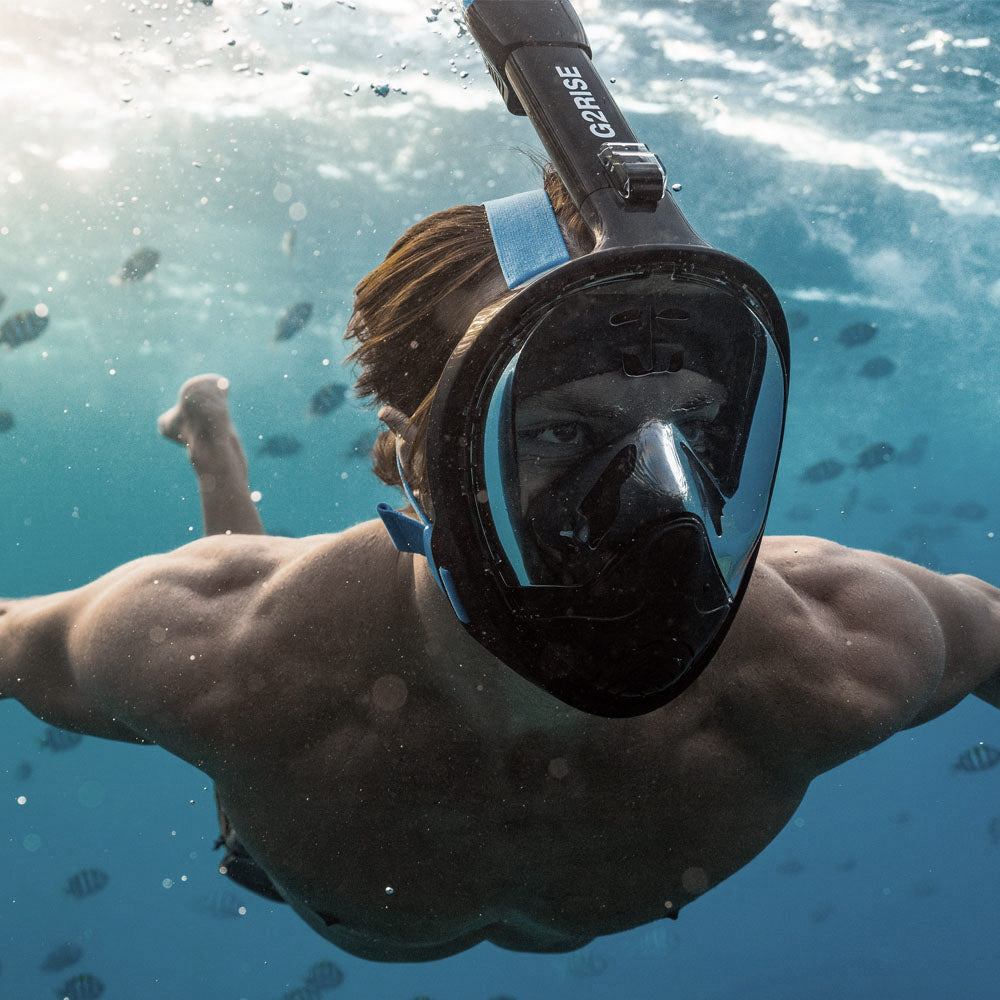
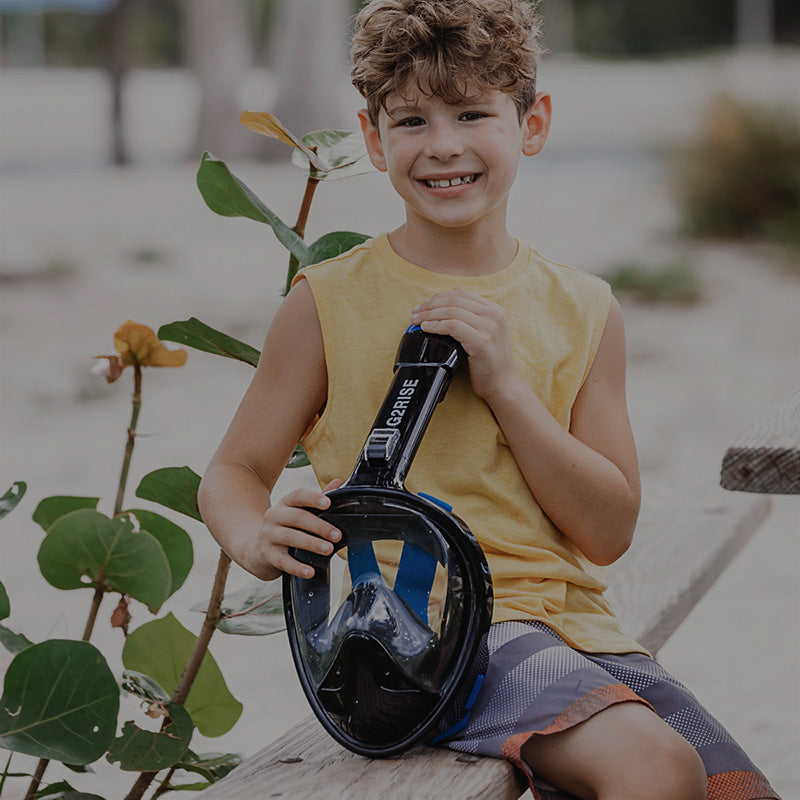

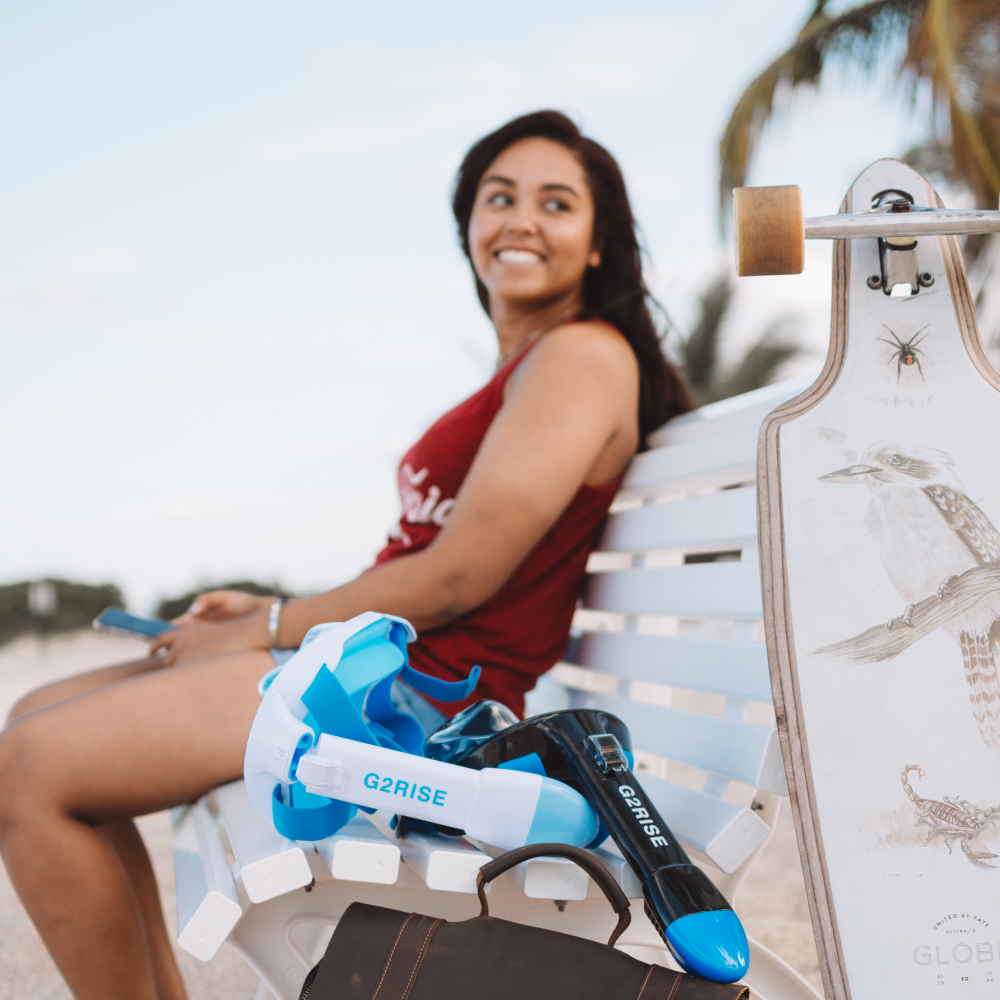
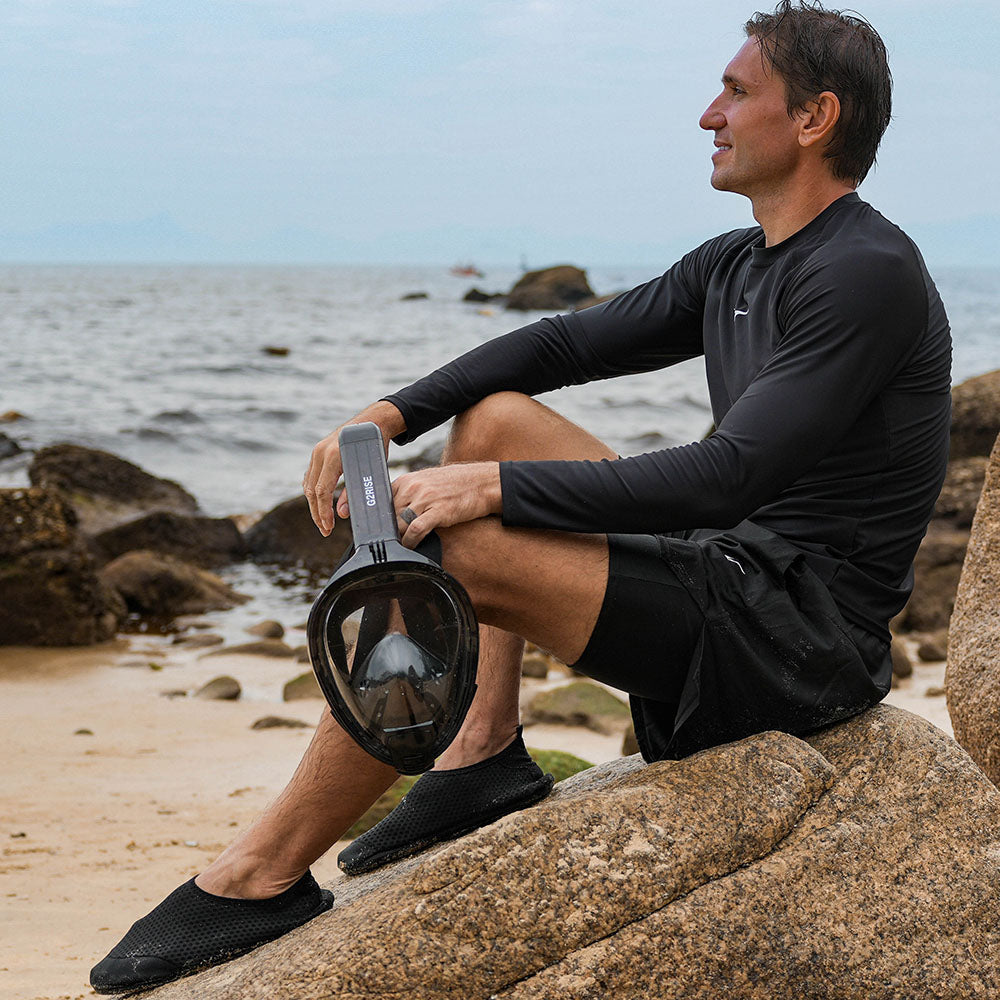
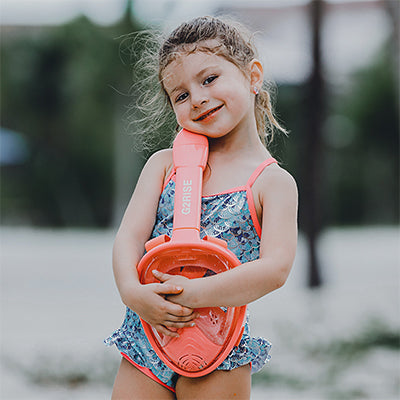
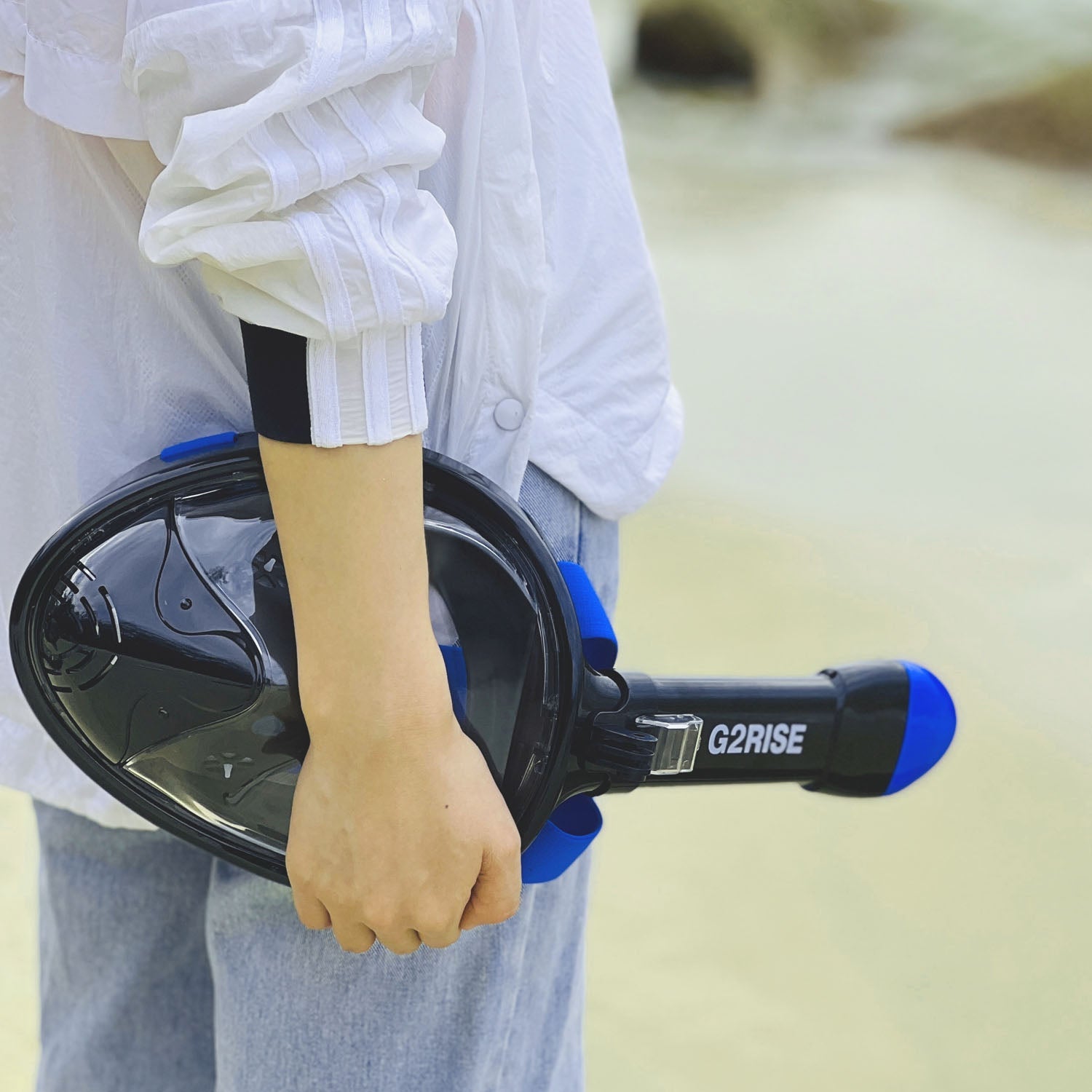
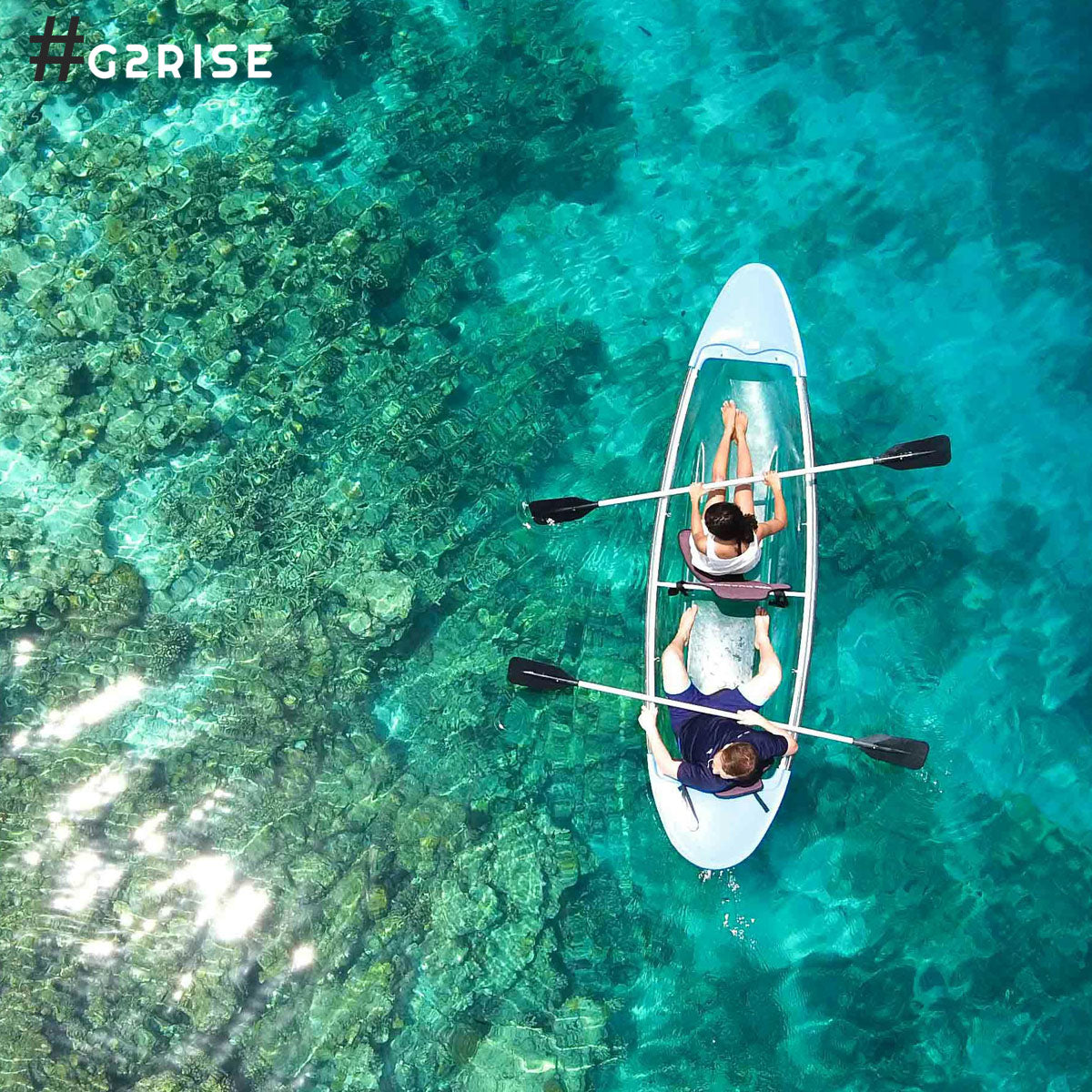
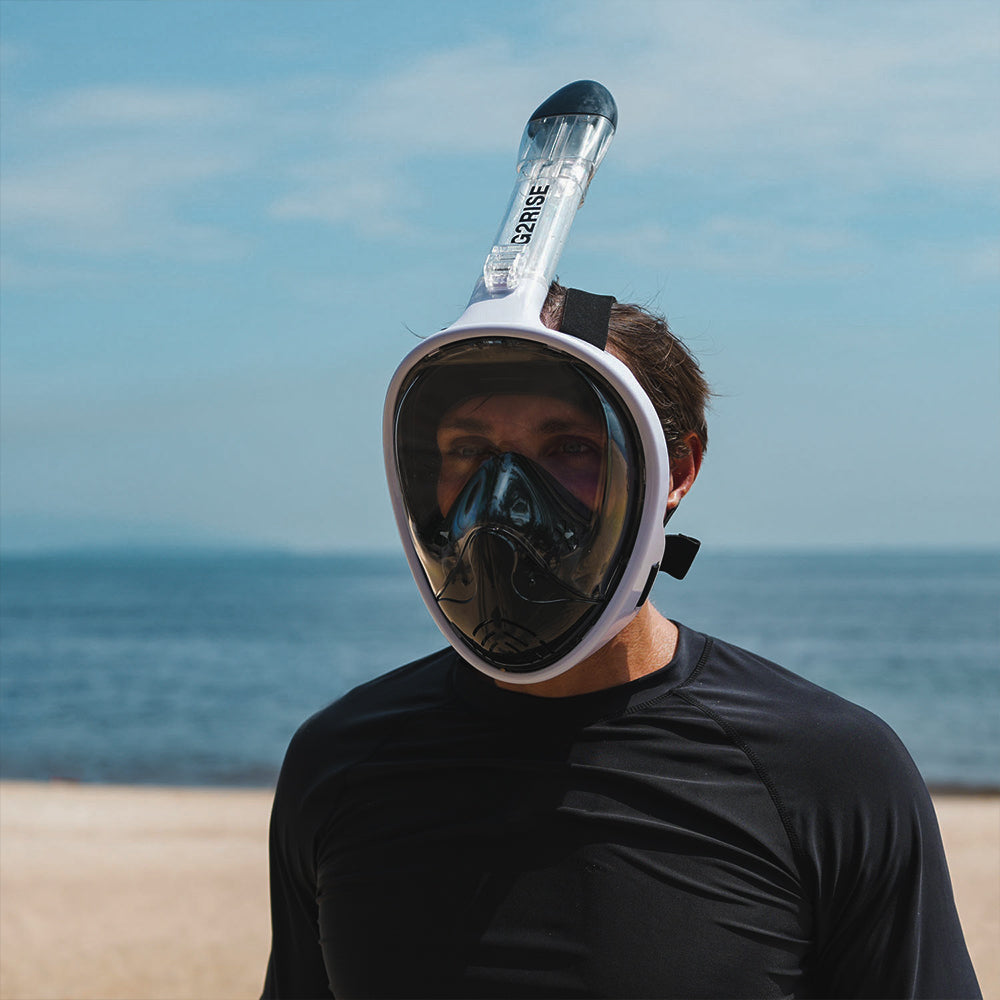
Leave a comment
This site is protected by hCaptcha and the hCaptcha Privacy Policy and Terms of Service apply.